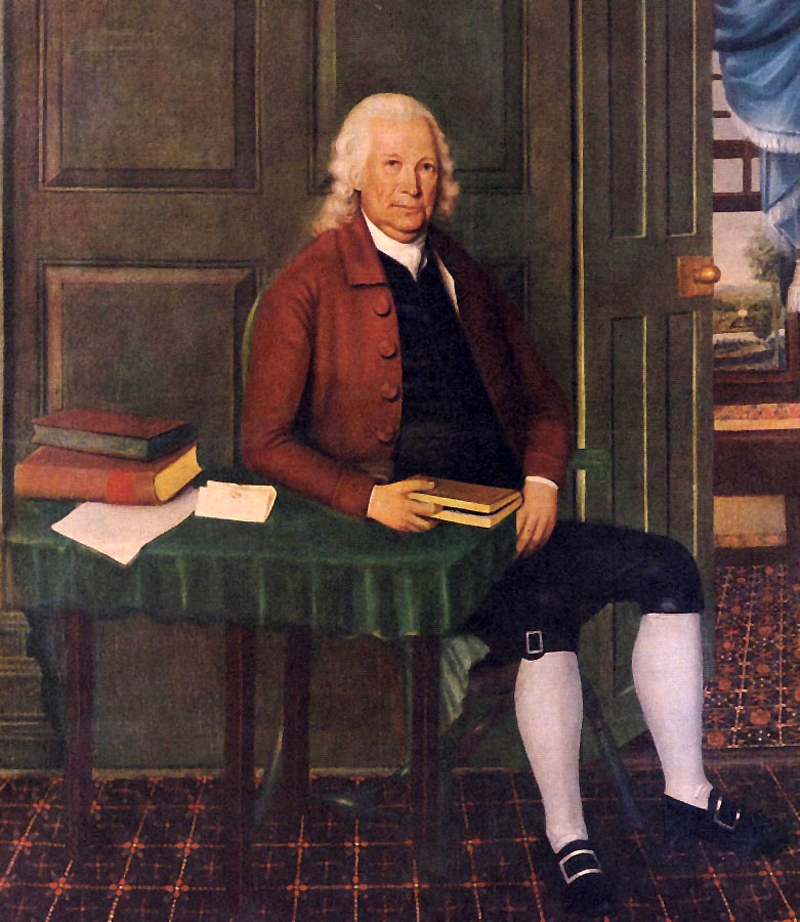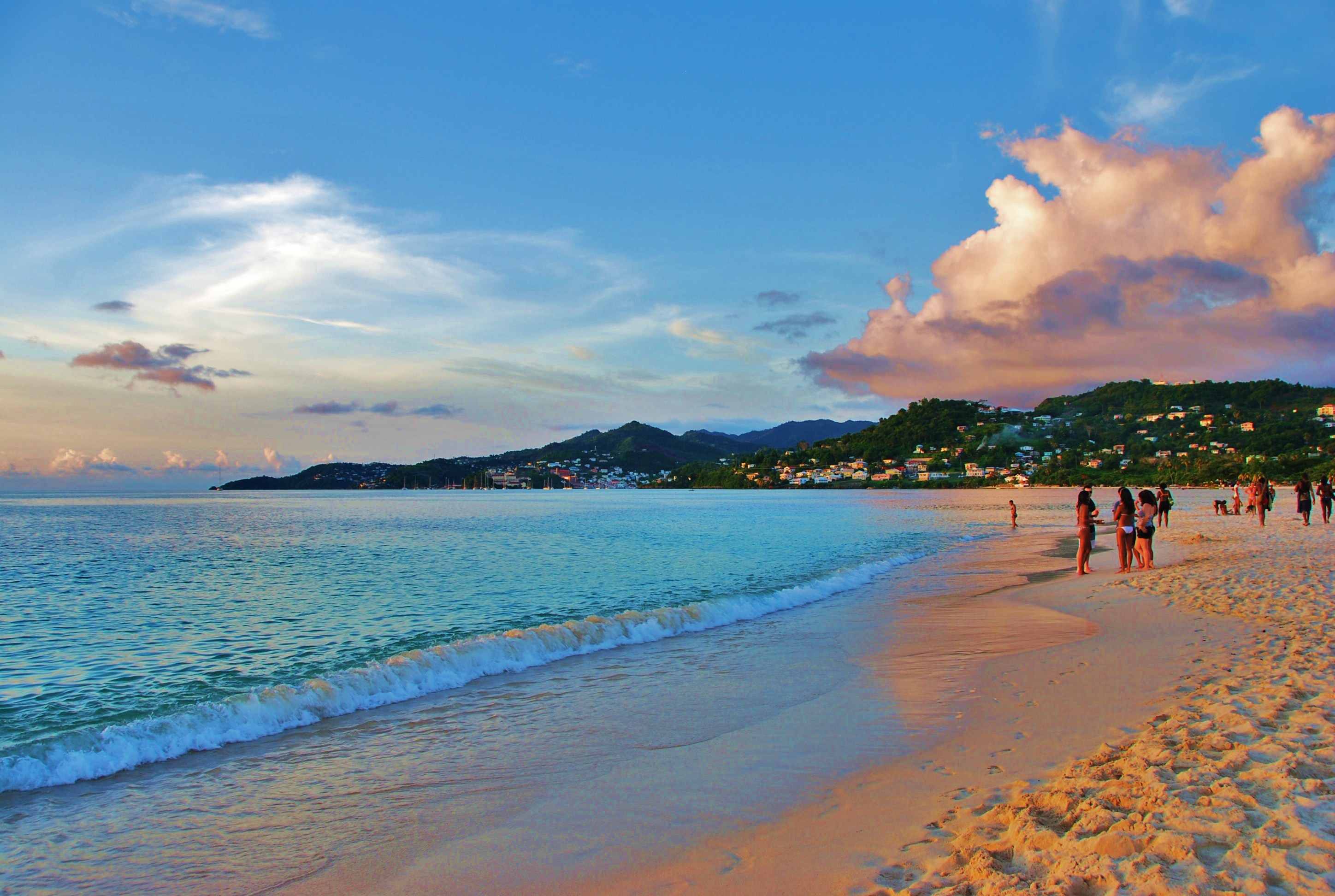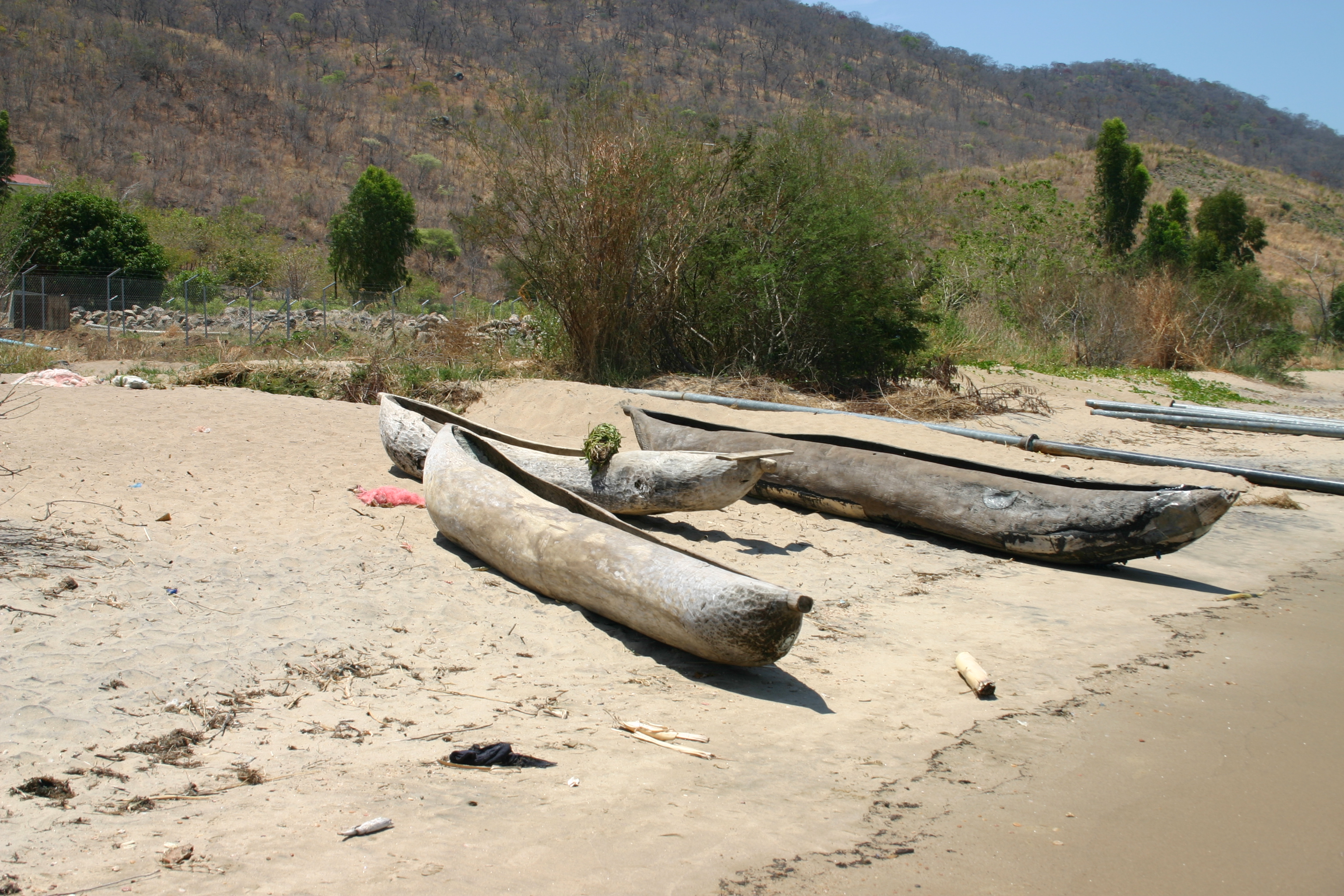|
Michael C. Rockefeller
Michael Clark Rockefeller (May 18, 1938 – presumed to have died November 19, 1961) was the fifth child of New York Governor and former U.S. Vice President Nelson Rockefeller. He was the grandson of American financier John D. Rockefeller Jr. and the great grandson of Standard Oil co-founder John D. Rockefeller. He disappeared during an expedition in the Asmat region of southwestern Netherlands New Guinea, which is now a part of the Indonesian province of Papua. In 2014, Carl Hoffman published a book that went into detail about the inquest into his killing, in which villagers and tribal elders admit to Rockefeller being killed after he swam to shore in 1961. No remains or physical proof of Rockefeller's death have been discovered. Early life Rockefeller was the fifth and last child of Mary Todhunter Rockefeller and Nelson Rockefeller. He was the third son of seven children fathered by Nelson Rockefeller, and he had a twin sister, Mary. After attending The Buckley S ... [...More Info...] [...Related Items...] OR: [Wikipedia] [Google] [Baidu] |
Asmat People
The Asmat are an ethnic group of New Guinea, residing in the province of South Papua, Indonesia. The Asmat inhabit a region on the island's southwestern coast bordering the Arafura Sea, with lands totaling approximately 18,000 km2 (7,336 mi2) and consisting of mangrove, tidal swamp, freshwater swamp, and lowland rainforest. The land of Asmat is located both within and adjacent to Lorentz National Park and World Heritage Site, the largest protected area in the Asia-Pacific region. The total Asmat population is estimated to be around 70,000 as of 2004. The term "Asmat" is used to refer both to the people and the region they inhabit. The Asmat have one of the most well-known woodcarving traditions in the Pacific, and their art is sought by collectors worldwide. Culture and subsistence The natural environment has been a major factor affecting the Asmat, as their culture and way of life are heavily dependent on the rich natural resources found in their forests, rivers, a ... [...More Info...] [...Related Items...] OR: [Wikipedia] [Google] [Baidu] |
Phillips Exeter Academy
(not for oneself) la, Finis Origine Pendet (The End Depends Upon the Beginning) gr, Χάριτι Θεοῦ (By the Grace of God) , location = 20 Main Street , city = Exeter, New Hampshire , zipcode = 03833 , type = Independent, day & boarding , established = , founder = John PhillipsElizabeth Phillips , ceeb = 300185 , grades = 9– 12 , head = William K. Rawson , faculty = 217 , gender = Coeducational , enrollment = 1,096 total865 boarding214 day , class = 12 students , ratio = 5:1 , athletics = 22 Interscholastic sports62 Interscholastic teams , conference = NEPSAC SSL , team_name = Big Red , rival = Phillips Academy, Andover , accreditation ... [...More Info...] [...Related Items...] OR: [Wikipedia] [Google] [Baidu] |
Shark
Sharks are a group of elasmobranch fish characterized by a cartilaginous skeleton, five to seven gill slits on the sides of the head, and pectoral fins that are not fused to the head. Modern sharks are classified within the clade Selachimorpha (or Selachii) and are the sister group to the rays. However, the term "shark" has also been used to refer to all extinct members of Chondrichthyes with a shark-like morphology, such as hybodonts and xenacanths. The oldest modern sharks are known from the Early Jurassic. They range in size from the small dwarf lanternshark (''Etmopterus perryi''), a deep sea species that is only in length, to the whale shark (''Rhincodon typus''), the largest fish in the world, which reaches approximately in length. Sharks are found in all seas and are common to depths up to . They generally do not live in freshwater, although there are a few known exceptions, such as the bull shark and the river shark, which can be found in both seawater and fr ... [...More Info...] [...Related Items...] OR: [Wikipedia] [Google] [Baidu] |
Pontoon Boat
A pleasure boat with two lengthwise pontoons A pontoon boat is a flattish boat that relies on floats to remain buoyant. These pontoons (also called ''tubes'') contain much reserve buoyancy and allow designers to create large deck plans fitted with a variety of accommodations including expansive lounge areas, stand-up bars, and sun pads. Better tube designs have allowed builders to put ever-increasing amounts of horsepower on the stern. Pontoon boat drafts may be as shallow as eight inches (20 centimetres), which reduces risk of running aground and underwater damage, this allows it to come close to shore to pick up and drop off loads. History A pontoon ferry crossing the Zambezi at Kazungula The 1951 invention of the pontoon motorboat in the United States is credited to a farmer who lived on the Horseshoe chain of lakes, near Richmond, Minnesota. Ambrose Weeres put a wooden platform on two columns of steel barrels welded together end-to-end, creating a sturdy deck that woul ... [...More Info...] [...Related Items...] OR: [Wikipedia] [Google] [Baidu] |
Shore
A shore or a shoreline is the fringe of land at the edge of a large body of water, such as an ocean, sea, or lake. In physical oceanography, a shore is the wider fringe that is geologically modified by the action of the body of water past and present, while the beach is at the edge of the shore, representing the intertidal zone where there is one. In contrast to a coast, a shore can border any body of water, while the coast must border an ocean or a sea. Therefore, in that sense, a coast is a type of shore. However, the word "coast" often refers to an area far wider than the shore, often stretching miles into the interior. Shores are influenced by the topography of the surrounding landscape, as well as by water induced erosion, such as waves. The geological composition of rock and soil dictates the type of shore which is created. Rivieras ''Riviera'' is an Italian word for "shoreline", ultimately derived from Latin ''ripa'' ("riverbank"). It came to be applied as a proper ... [...More Info...] [...Related Items...] OR: [Wikipedia] [Google] [Baidu] |
Dugout Canoe
A dugout canoe or simply dugout is a boat made from a hollowed tree. Other names for this type of boat are logboat and monoxylon. ''Monoxylon'' (''μονόξυλον'') (pl: ''monoxyla'') is Greek – ''mono-'' (single) + '' ξύλον xylon'' (tree) – and is mostly used in classic Greek texts. In German, they are called Einbaum ("one tree" in English). Some, but not all, pirogues are also constructed in this manner. Dugouts are the oldest boat type archaeologists have found, dating back about 8,000 years to the Neolithic Stone Age. This is probably because they are made of massive pieces of wood, which tend to preserve better than others, such as bark canoes. Along with bark canoes and hide kayaks, dugouts were also used by Indigenous peoples of the Americas. Construction Construction of a dugout begins with the selection of a log of suitable dimensions. Sufficient wood must be removed to make the vessel relatively light in weight and buoyant, yet still strong enough t ... [...More Info...] [...Related Items...] OR: [Wikipedia] [Google] [Baidu] |
Anthropologist
An anthropologist is a person engaged in the practice of anthropology. Anthropology is the study of aspects of humans within past and present societies. Social anthropology, cultural anthropology and philosophical anthropology study the norms and values of societies. Linguistic anthropology studies how language affects social life, while economic anthropology studies human economic behavior. Biological (physical), forensic and medical anthropology study the biological development of humans, the application of biological anthropology in a legal setting and the study of diseases and their impacts on humans over time, respectively. Education Anthropologists usually cover a breadth of topics within anthropology in their undergraduate education and then proceed to specialize in topics of their own choice at the graduate level. In some universities, a qualifying exam serves to test both the breadth and depth of a student's understanding of anthropology; the students who pass ar ... [...More Info...] [...Related Items...] OR: [Wikipedia] [Google] [Baidu] |
Netherlands
) , anthem = ( en, "William of Nassau") , image_map = , map_caption = , subdivision_type = Sovereign state , subdivision_name = Kingdom of the Netherlands , established_title = Before independence , established_date = Spanish Netherlands , established_title2 = Act of Abjuration , established_date2 = 26 July 1581 , established_title3 = Peace of Münster , established_date3 = 30 January 1648 , established_title4 = Kingdom established , established_date4 = 16 March 1815 , established_title5 = Liberation Day , established_date5 = 5 May 1945 , established_title6 = Kingdom Charter , established_date6 = 15 December 1954 , established_title7 = Caribbean reorganisation , established_date7 = 10 October 2010 , official_languages = Dutch , languages_type = Regional languages , languages_sub = yes , languages = , languages2_type = Recognised languages , languages2_sub = yes , languages2 = , demonym = Dutch , capital = Amsterdam , largest_city = capital , ... [...More Info...] [...Related Items...] OR: [Wikipedia] [Google] [Baidu] |
Robert Gardner (anthropologist)
Robert Grosvenor Gardner (November 5, 1925 – June 21, 2014) was an American academic, anthropologist, and documentary filmmaker who was the Director of the Film Study Center at Harvard University from 1956 to 1997. He is known for his work in the field of visual anthropology and films like the National Film Registry inductee '' Dead Birds'' and '' Forest of Bliss''. In 2011, a retrospective of his work was held at Film Forum, New York. Biography He was the sixth child and third son, born in the home of his grandmother Isabella Stewart Gardner. He was a cousin of poet Robert Lowell. After graduating with a Bachelor of Arts degree from Harvard University in 1947, he became an assistant to the founder of the Byzantine Institute of America, Thomas Whittemore at Harvard's Fogg Museum. This led to travels to Anatolia, Fayum and London working with Coptic textiles and restoring Byzantine art Next, he started teaching medieval art and history at the College of Puget Sound in Was ... [...More Info...] [...Related Items...] OR: [Wikipedia] [Google] [Baidu] |
Dead Birds (1965 Film)
''Dead Birds'' is a 1963 American documentary film by Robert Gardner (1925–2014) about the ritual warfare cycle of the Dugum Dani people who live in the Baliem Valley in present-day Irian Jaya province (also known as Papua province) on the western half of the island of New Guinea that is part of present-day Indonesia. The film presents footage of battles between the Willihiman-Wallalua clan and the Wittaia clan with scenes of the funeral of a small boy killed by a raiding party, the women's work that goes on while battles continue, and the wait for enemy to appear. In 1964 the film received the Grand Prize "Marzocco d'Oro" at the 5th ''Festival dei Popoli rassegna internazionale del film etnografico e sociologico'' ("Festival of the Peoples International Film Festival") in Florence, Italy, the Robert J. Flaherty Award given by the City College of New York, and was a featured film at the Melbourne Film Festival (now Melbourne International Film Festival). In 1998, ''Dead Bird ... [...More Info...] [...Related Items...] OR: [Wikipedia] [Google] [Baidu] |
Peabody Museum Of Archaeology And Ethnology
The Peabody Museum of Archaeology and Ethnology is a museum affiliated with Harvard University in Cambridge, Massachusetts. Founded in 1866, the Peabody Museum is one of the oldest and largest museums focusing on anthropological material, with particular focus on the ethnography and archaeology of the Americas. The museum is caretaker to over 1.2 million objects, some of documents, 2,000 maps and site plans, and approximately 500,000 photographs. The museum is located at Divinity Avenue on the Harvard University campus. The museum is one of the four Harvard Museums of Science and Culture open to the public. History The museum was established through an October 8, 1866 gift from wealthy American financier and philanthropist George Peabody, a native of South Danvers (now eponymously named Peabody, Massachusetts). Peabody committed $150,000 to be used, according to the terms of the trust, to establish the position of Peabody Professor-Curator, to purchase artifacts, and to cons ... [...More Info...] [...Related Items...] OR: [Wikipedia] [Google] [Baidu] |


